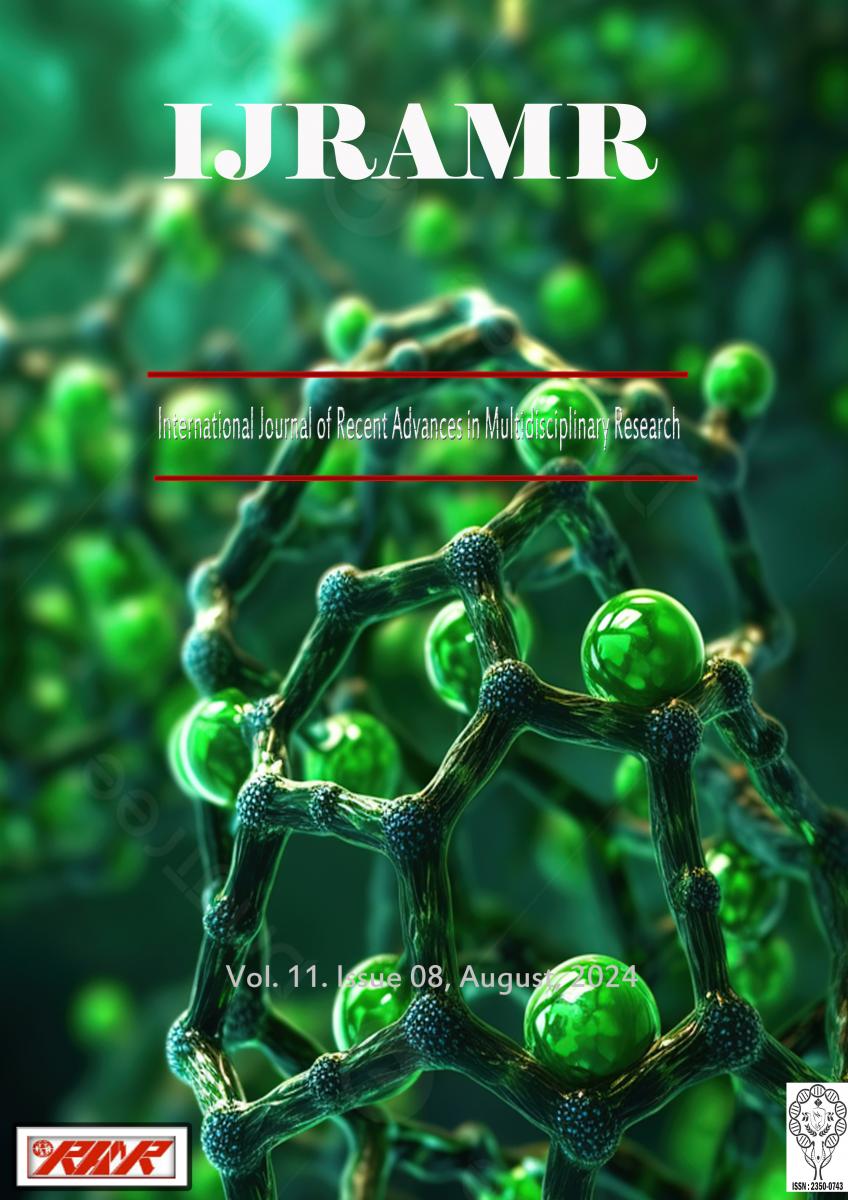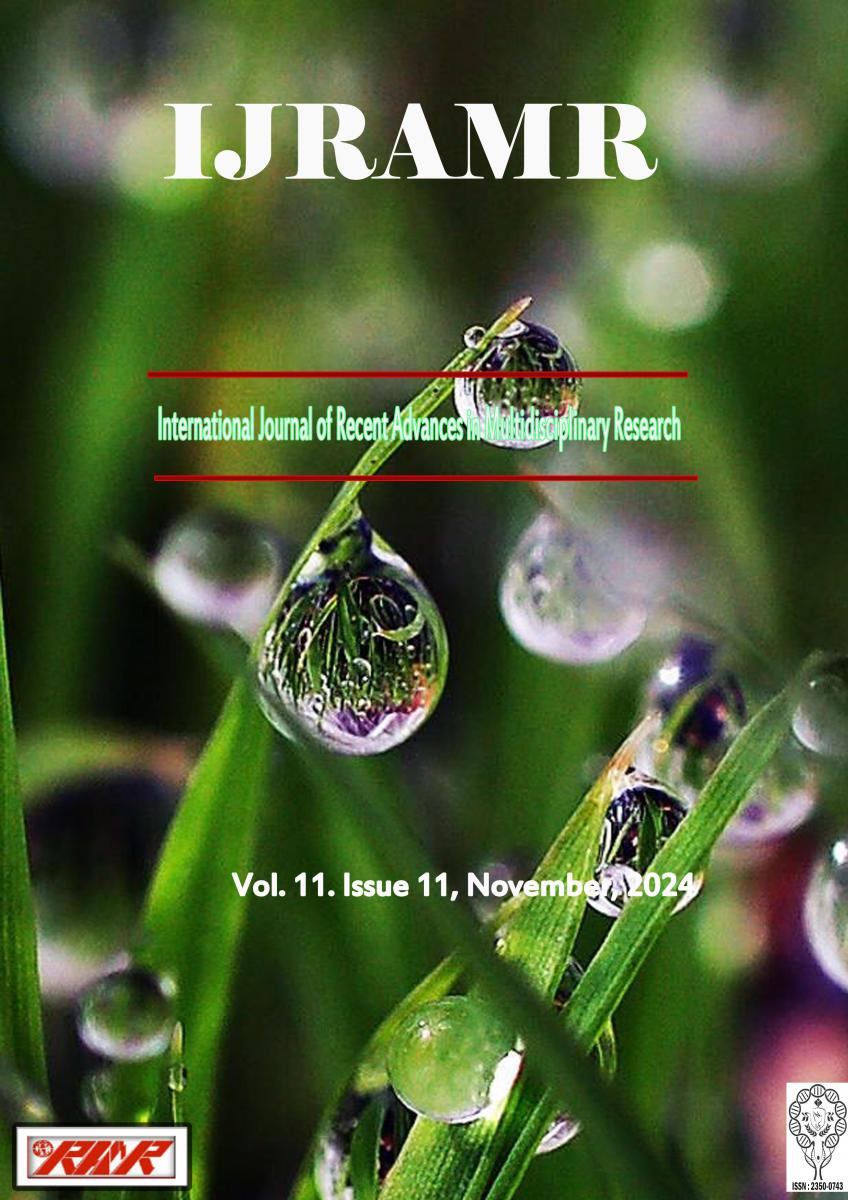Agriculture plays a vital role of our national economy. Most of our culture traditions are linked with crop production. However concentration of farming communities decreasing Day by Day due to hardiness in crop management and post planting operation in crop field such as application of nutrients, plant protection majors, quality fruit production related operations & harvesting mechanisms etc. As far as runner vegetables cultivation is concern by traditional staking & less space in between the rows for movement & management and vertical runner vegetable farming with infectious and damage crop production decreases the efficiency of farm families. It was also observed that, due to limited space between plant to plant & row to row planting and staking by fire wood in runner vegetables or by farming without stalk, agriculture inputs cost such as plant protection equipment, irrigation, fertiliser, agricultural labourer competence & quantity of human Days for post planting operations, production of injurious fruits & vegetables increase. High agriculture input cost and low productivity of quality fruits & vegetables decreases benefit cost ratio (B:C ratio) & market demand which ultimately fails to meet expectations of consumer or purchaser about quality runner vegetables in concern to appearance, taste & presence of essential nutrients such as calorie 26c, carbohydrate 4.5 gm, protein 1.7 gm, fats 0.1 gm & Vitamin A 132 mg, Vitamin B 0.14 mg, Vitamin C 24 mg, lime 50mg & Iron 1.7mg (out of 100 gram fresh bean vegetables). Observance the problems in intelligence this experiment on “High Density Poly Ethylene Nylon Netting in Runner beans improves the quality & quantity of fruits under rain fed up land farming situation” has been carried out in hill zone of our State Odisha. Kandhamal is a District situated in Eastern Ghats agro climatic zone of the State Odisha, India. This Experiment was laid out in Randomized Block Design (RBD) with six treatments (T) & five replications (R) at Kandhamal District of Odisha, India during the Year 2019-20 under the direction of Horticulture Scientist of Krishi Vigyan Kendra, Kandhamal at G. Udayagiri. The farming situation of the experimental site is rain fed up land situation and experiment was started during the month of June. The soil type of experimental site is laterite with rich source of organic matter due to presence of forest leaf bio mass with appreciable soil pH 6.5 and macro such as NPK nutrients is medium in nature. The agro ecological situation consists a rain fall from range of 1100 – 1300 mm & moderate in nature. The experiment was carried by adopting only organic nutrition to plant by using farm yard manure, vermi compost, bio logically prepared N, P2O5 & K2O. Plant protection materials such as Trichoderma @ 4ml./litre of water, Neem oil @ 5ml. / litre of water is used for crop management. The geographical elevation of the experimental site is 20˚08’ 20.5” North & 84˚20’34.7” in East direction. Treatment such as T0 - Vertical spread above the soil of R. Bean plant with broadcasting of seeds, T1 - Staking with fire wood in a spacing 0.5 m in line & 0.5m in rows, T2 - SLTS by HDPE Nylon net with bamboo stump spacing 1.5m in line & 1m between rows, T3 - SLTS by HDPE Nylon net with bamboo stump spacing 1.5m in line & 0.6m between rows, T4 - SLTS by HDPE Nylon net with bamboo stump spacing 2m in line & 1m between rows & T5 - SLTS by HDPE Nylon net with bamboo stump spacing 2m in line & 0.6m between rows has been taken with five replications. As far as yield of different treatment is concern T 3 that is SLTS by HDPE Nylon net with bamboo stump spacing 1.5m in line & 0.6m between rows has maximum yield with 165 quintal per hectare & by netting technology all most all treatments Yellow Vain Mosaic Virus (YVMV) was found resistant in comparison to vertical above the soil traditional farming & runner bean farming by fire wood stalking which is set up susceptible. Performance indicators such as gross cost, gross return, net return, B:C ratio & % increase in income of the experiment analyse by actual figures collected from grass root label institutions such as farmer’s field, market analysis. All six treatments data collected and mathematical analysis carried out and set up SLTS by HDPE Nylon net with bamboo stump spacing 1.5m in line & 0.6m between rows has highest economical returns and a net profit of Rs. 98,000/- per hectare with a B:C ratio of 1.98. It is concluded that High Density Poly Ethylene Nylon Netting in Runner beans improve the quality & quantity of fruits and responses found utmost by treatment SLTS by HDPE Nylon net with bamboo stump spacing 1.5m in line & 0.6m between rows in concern to yield & economic parameter. Apart from that disease such as YVMV is very lesser % by nylon netting. Single Line Trellis System (SLTS) system by using HDPE Nylon Net reduces the stresses due to traditional stalking, crop management become smooth. Production increases, incidence of YVMV disease decrease and farm family income increases due to fetching better market price. Yield and plucking of fruits are appreciable and beneficiary want to multiply in massive scale. It is plan to conduct demonstration in all runner vegetable to doubling the farmer’s income from vegetable garden.






